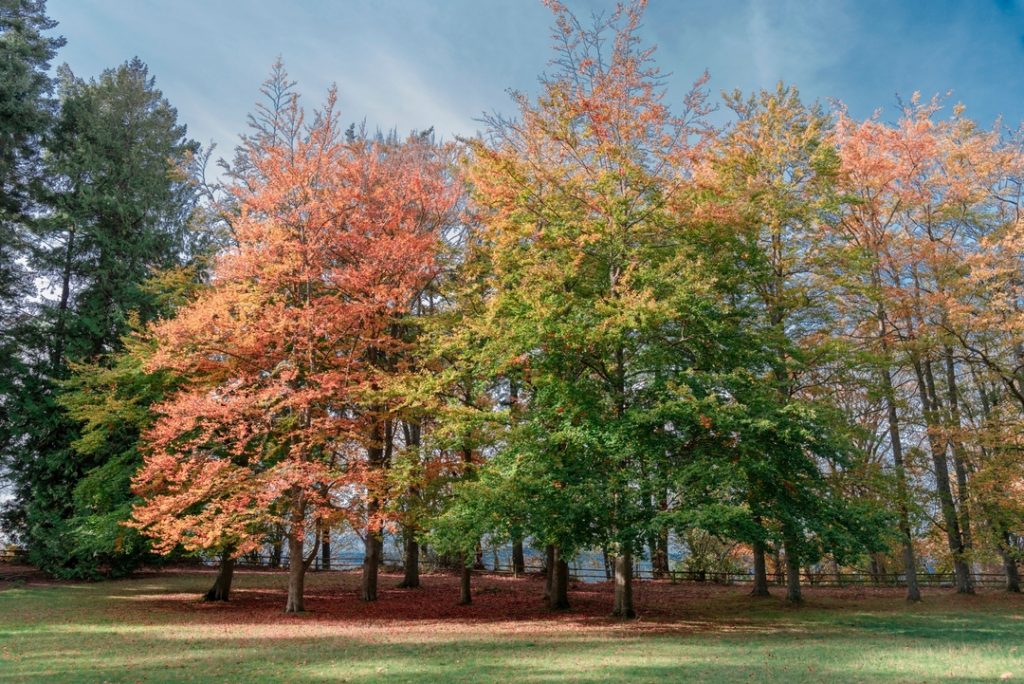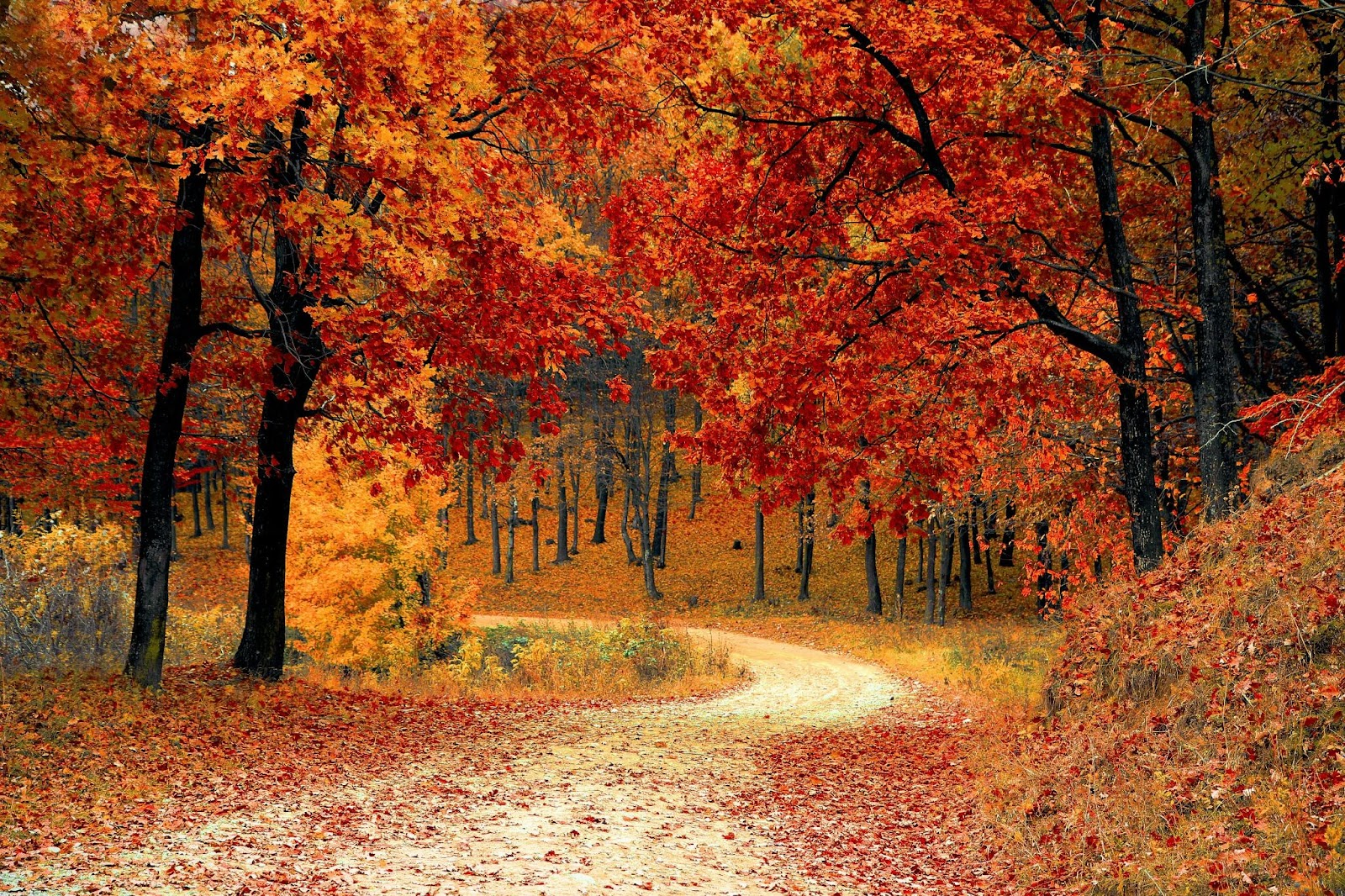
Understanding las cuatro estaciones del Año (the four seasons of the year) in Spanish is key for talking about the weather, planning travel, or participating in cultural celebrations across the Spanish-speaking world. As you learn Spanish seasons, mastering essential seasonal vocabulary for spring (la primavera), summer (el verano), fall (el otoño), and winter (el invierno) will enrich your conversations.
This straightforward guide will help you learn the four seasons and the phrases that Spanish speakers from Latin American countries and beyond use all the time when talking about their favorite season del año. With these tools, you can confidently discuss seasons in Spanish.
The four seasons in Spanish are referred to as "las estaciones del año": Primavera for spring, verano for summer, otoño for autumn, and invierno for winter. Each season brings its unique charm and is a fundamental part of everyday conversation and cultural events in Spanish-speaking regions.

Pronunciation: pree-mah-VEH-rah
Primavera is often associated with renewal and rebirth in many Spanish-speaking countries. Flowers bloom, and many festivals take place, celebrating the end of winter and the return of warmer weather. It's a time when the countryside becomes vibrant with colors, and cities
Examples:
1. La primavera es mi estación favorita porque todo florece. - Spring is my favorite season because everything is in bloom.
2. En primavera, las temperaturas empiezan a subir. - In spring, the temperatures start to rise.
3. Abril y mayo son meses típicos de la primavera. - April and May are typical months of spring.
4. La primavera trae consigo el inicio de la temporada de lluvias en algunas regiones. - Spring brings the start of the rainy season in some regions.
5. Durante la primavera, muchas personas sufren de alergias. - During spring, many people suffer from allergies.

Pronunciation: veh-RAH-no
Verano is synonymous with long days, short nights, and generally high temperatures, especially in regions like Spain and Latin America. It's a popular time for vacations, beach trips, and outdoor activities. Many cities and towns have festivals, and it's common to see families and friends gathering for barbecues and picnics.
Examples:
1. El verano es perfecto para ir a la playa. - Summer is perfect for going to the beach.
2. Las noches de verano son cortas y cálidas. - Summer nights are short and warm.
3. Julio y agosto son los meses más calurosos del verano. - July and August are the hottest months of summer.
4. En verano, mucha gente se va de vacaciones. - In summer, many people go on vacation.
5. Los festivales de música al aire libre son comunes en el verano. - Outdoor music festivals are common in the summer.

Pronunciation: oh-TOH-nyo
Otoño is a season of change, marked by cooler temperatures and the falling of leaves. It's a time of harvest in many Spanish-speaking countries, with various festivals celebrating local produce and traditions. The landscapes transform into beautiful shades of orange, red, and yellow, offering picturesque scenes.
Examples:
1. El otoño es ideal para disfrutar de los paisajes naturales. - Autumn is ideal for enjoying natural landscapes.
2. En otoño, las hojas de los árboles cambian de color. - In autumn, the leaves of the trees change color.
3. Septiembre marca el inicio del otoño en el hemisferio norte. - September marks the beginning of autumn in the Northern Hemisphere.
4. El otoño es temporada de cosecha para muchos cultivos. - Autumn is harvest season for many crops.
5. Las temperaturas comienzan a bajar durante el otoño. - Temperatures begin to drop during autumn.

Pronunciation: een-BYER-no
Invierno is characterized by the coldest temperatures of the year, with some regions experiencing snow and others enjoying milder climates. It's a time for warm clothes, hot drinks, and in many places, Christmas and New Year celebrations. Winter sports like skiing and snowboarding are popular in mountainous areas.
Examples:
1. El invierno es perfecto para practicar deportes de nieve. - Winter is perfect for practicing snow sports.
2. Durante el invierno, las noches son más largas. - During winter, the nights are longer.
3. Diciembre y enero son meses típicos del invierno. - December and January are typical months of winter.
4. El invierno en la ciudad es frío, pero raramente nieva. - Winter in the city is cold, but it rarely snows.
5. Me gusta beber chocolate caliente en invierno. - I like to drink hot chocolate in the winter.

In Spanish, the names of the seasons (primavera, verano, otoño, invierno) are not capitalized unless they start a sentence or are part of a proper noun. This is a common difference from English, where the names of seasons are often capitalized.
Example: La primavera es mi estación favorita.(Spring is my favorite season.)
The definite articles "el" or "la" (the) are not typically used before the names of seasons when talking about them in general terms. However, the article can be used for emphasis or specificity, especially in literary contexts or when the season is the subject of the sentence.
Example without article: Verano es una palabra con tres sílabas.(Verano is a three syllable word.)
Example with article: El verano en España es muy caliente.(The summer in Spain is very hot.)
When talking about something happening during a particular season, the preposition "en" (in) is used.
Example: Vamos a viajar a México en invierno. (We are going to travel to Mexico in winter.)
When seasons are used as adjectives to describe something related to that particular time of the year, they must agree in gender and number with the noun they modify. This usually involves adding an "o" for masculine nouns and an "a" for feminine nouns, and an "s" for plural forms.
Example: Las tardes veraniegas son largas. (The summer evenings are long.)
Seasons can be part of idiomatic expressions or phrases, and their use can vary. It's important to learn these expressions as fixed phrases, as their structure might not follow standard grammar rules.
Example: "Estar en la primavera de la vida" (To be in the springtime of life), which means to be young or in the prime of life.
By mastering terms for las cuatro estaciones and common seasonal phrases in this guide, you've unlocked a key ability - discussing seasons confidently in Spanish. Put your new vocabulary into practice daily through reading, writing, speaking and listening. Soon you’ll naturally apply this cultural knowledge in real conversations. Stay inspired to keep growing on your fun Spanish journey all year long.
Do the names of seasons in Spanish need to be capitalized?
No, the names of the seasons in Spanish (primavera, verano, otoño, invierno) are not capitalized unless they start a sentence or are part of a proper noun. This is a common point of difference from English, where the names of seasons are often capitalized.
2. How do you use seasons in sentences? Do you need an article?
Generally, you do not need to use a definite article before the seasons in Spanish when talking about them in general terms. However, an article might be used for emphasis or in specific contexts, such as when the season is the subject of the sentence. For example, "El verano es caliente" (The summer is hot).
Can seasons in Spanish be used as adjectives?
Yes, seasons can be used as adjectives in Spanish and they must agree in gender and number with the noun they modify. For example, "noches veraniegas" (summer nights) where "veraniegas" is the adjective form of "verano" (summer) and agrees with "noches" (nights) in gender and number.
What preposition is used with seasons in Spanish when talking about something happening during that time?
The preposition "en" (in) is used when talking about something happening during a specific season. For example, "Voy a visitar Argentina en otoño" (I am going to visit Argentina in autumn).
Are there any idiomatic expressions in Spanish that involve the seasons?
Yes, there are several idiomatic expressions in Spanish that involve seasons. One example is "hacer el agosto," which literally translates to "to make the August" but figuratively means to seize a good opportunity or make a good profit, often unrelated to the actual month or season.